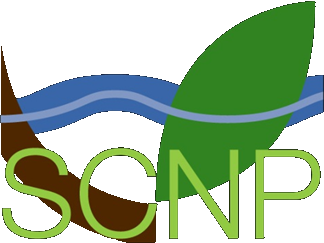Funding National Parks
Whether Scotland soon gets one or more National Parks the issue will remain about how to fund the existing and new parks adequately. To date our National Parks have relied heavily on the annual block grant they receive from the Scottish government, but if we are to eventually have a suite of parks that reflects the international standard of our landscapes and helps to address the land use issues that have an important influence on biodiversity and climate change then other methods of supplementing the central government funding may become increasingly important.
The SCNP has therefore carried out a review of the funding of National Parks internationally to see if we are missing a trick here in Scotland. The research report has been carried out by SCNP trustee Graham Barrow.
The majority of the world’s national parks are state owned where charges can be made and income generated directly by the park authority which owns and manages its natural resources. In Scotland, as in the rest of the UK, this is not the case and our almost unique form of national parks, with the majority of the land in private ownership and being managed for agriculture or field sports, means funding options are more restricted.
In broad terms funding for National Park core and project funding can come from one or more of the following and our review gives international examples of each of these:
Direct funding from central government taxation which could be linked to a single stream or be multi-agency (environment, health, economy)
Hypothecated taxes from central and/or local government
Endowment funds established for long term financial support, utilising legacies where possible
Entry charges to the whole or part of the park
A tourism tax – raising finance through accommodation providers and retail sales. Sometimes referred to as “visitor payback”.
Charges for the park authority directly providing services. The most common being car park charges, camping sites and accommodation.
Planning charges and the compensation payments for granting planning permission for developments
Membership schemes with benefits
Sponsorships
Voluntary contributions of both time and money
Sale of produce owned by the park authority e.g. timber, fish
Payments for the provision of ecosystem services such as the management of bogs, clean water or protecting forests
You can download the full report here.
